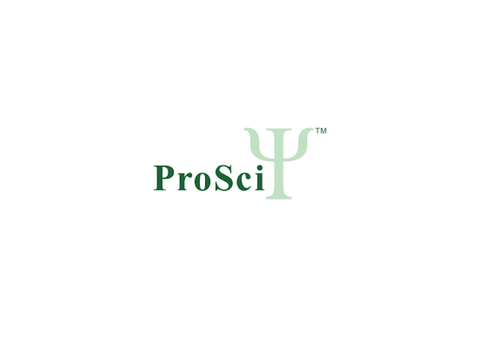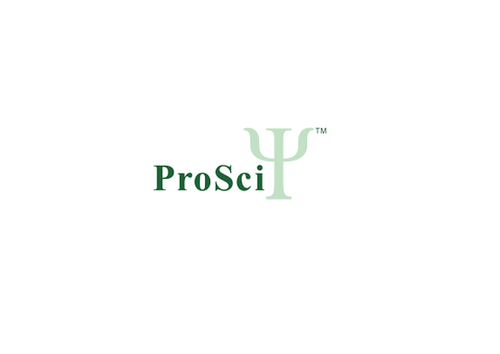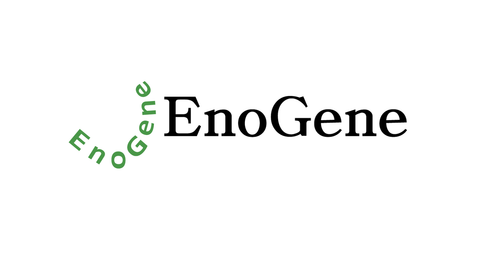Product Description
GSTM5 Antibody | 16-175 | ProSci
Host: Rabbit
Reactivity: Mouse, Rat
Homology: N/A
Immunogen: A synthetic peptide corresponding to a sequence within amino acids 100 to the C-terminus of human GSTM5 (NP_000842.2) .
Research Area: Signal Transduction
Tested Application: WB, IF
Application: WB: 1:500 - 1:2000
IF: 1:50 - 1:100
Specificiy: N/A
Positive Control 1: Mouse heart
Positive Control 2: Mouse kidney
Positive Control 3: Mouse liver
Positive Control 4: Rat testis
Positive Control 5: Rat brain
Positive Control 6: N/A
Molecular Weight: Observed: 24-26kDa
Validation: N/A
Isoform: N/A
Purification: Affinity purification
Clonality: Polyclonal
Clone: N/A
Isotype: IgG
Conjugate: Unconjugated
Physical State: Liquid
Buffer: PBS with 0.02% sodium azide, 50% glycerol, pH7.3.
Concentration: N/A
Storage Condition: Store at -20˚C. Avoid freeze / thaw cycles.
Alternate Name: GSTM5, GSTM5-5, GTM5
User Note: Optimal dilutions for each application to be determined by the researcher.
BACKGROUND: Cytosolic and membrane-bound forms of glutathione S-transferase are encoded by two distinct supergene families. At present, eight distinct classes of the soluble cytoplasmic mammalian glutathione S-transferases have been identified: alpha, kappa, mu, omega, pi, sigma, theta and zeta. This gene encodes a glutathione S-transferase that belongs to the mu class. The mu class of enzymes functions in the detoxification of electrophilic compounds, including carcinogens, therapeutic drugs, environmental toxins and products of oxidative stress, by conjugation with glutathione. The genes encoding the mu class of enzymes are organized in a gene cluster on chromosome 1p13.3 and are known to be highly polymorphic. These genetic variations can change an individual's susceptibility to carcinogens and toxins as well as affect the toxicity and efficacy of certain drugs. Diversification of these genes has occurred in regions encoding substrate-binding domains, as well as in tissue expression patterns, to accommodate an increasing number of foreign compounds.
 Euro
Euro
 USD
USD
 British Pound
British Pound
 NULL
NULL














